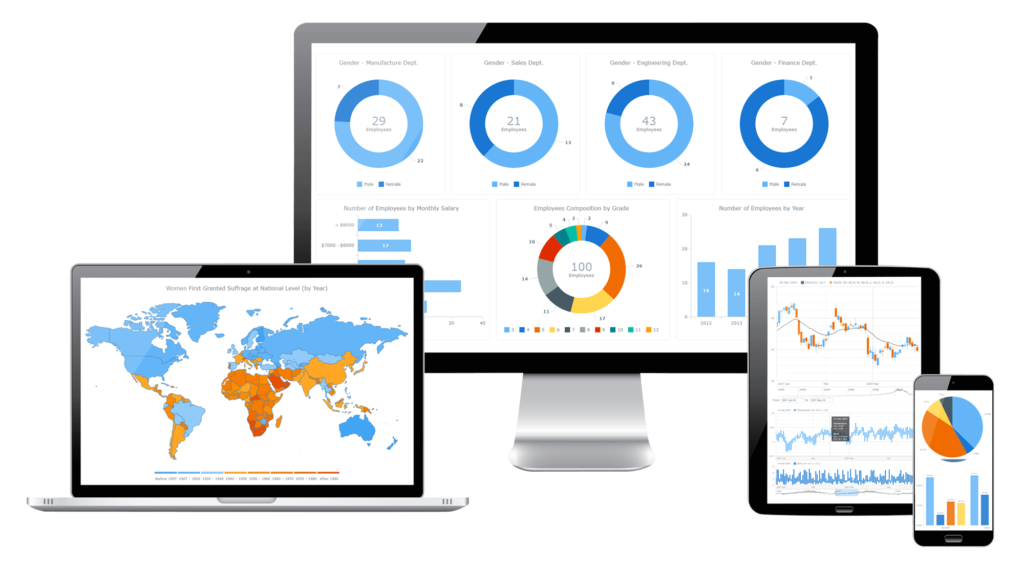
At this point in 2020, it’s safe to say it’s common knowledge that influencer marketing has become a vital part of every eCommerce businesses’ marketing mix. According to Linqia’s State Of Influencer Marketing 2020 report, 60% of marketers plan to increase their influencer marketing spend in 2020. Nearly 100% of the respondents plan to use Instagram influencers this year! Frequently, brand owners see the opportunity to work with influencers as a great way to grow awareness, build a follower base, and get a quick sales to boost in the initial days following the published post. While all of these are valid reasons to work with an influencer, there are many hidden benefits to this marketing medium that many marketers often miss, particularly related to a brand’s paid media efforts.
High Converting UGC
Whether it be a video, static image, or a blog post, influencer content can be leveraged in almost all campaigns within a brand’s paid media funnel. Videos and images can be used on both prospecting and retargeting campaigns in social ads, showing both new and returning users that an authority figure has endorsed a brand’s product. These rich-media assets can also be used on a brand’s website to improve conversion rates from paid traffic.

Furthermore, marketers can use influencers’ published content to benefit their marketing initiatives on native display networks where an advertorial is needed to generate conversions. Rather than choosing to build their own advertorials from scratch, brands can often leverage an influencer’s blog post, leveraging an authentic piece of content to pre-qualify and convert new users who come across their native advertisements. At Aqua Vida, we often work with influencers who own successful blogs to create sponsored blog posts on our client’s behalf. We then amplify these blog posts across top native display networks.
More Robust Audience Data
Whether it be on Instagram, Twitter, Snapchat, a blog site, or a Facebook fan page, influencer posts generate significant amounts of traffic as the influencer’s audience explores the endorsed brand’s website. Frequently an influencer’s audience will take specific actions on the brand’s site such as initiating a purchase, signing up for email or SMS updates, adding products to a shopping cart, or sorting through a brand’s product offerings. In all cases, these actions are registered as events and tracked by marketing tags placed on a brand’s website. These tracked events can be used to increase lookalike audiences’ size and remarketing audiences that brand’s use for customer acquisition on their marketing channels.
In many instances, we find that brands who often start their marketing initiatives with influencers, rather than paid traffic find greater success. This is because the influencers who promote the brand create robust audience data that brands can use to make profitable and effective prospecting campaigns right off the bat, rather than using broad targeting to cast a wide net and acquire customers for a higher cost.
Useful Data
Influencer posts empower marketers to learn more about what types of audiences resonate with certain content and lead to leverageable insights on paid media channels. Most social media apps offer accounts of some sort of analytics tool to determine the demographics of their audiences. Marketers can determine what type of content works well with certain audiences and therefore tailor the content they amplify on their paid media campaigns based on the respective demographics they’re targeting. For instance, if an influencer who posted a brand’s redshirt has above average engagement from their audience of mainly females age 25-34, a marketer may create a separate Facebook ads campaign focused on pushing the same red shirt to that same female, 25-34 demographic.

In conclusion, influencer marketing’s value to an eCommerce brand’s paid media team is substantially higher than most marketers realize. Through leverageable insights, valuable user pools, and UGC, influencers provide media teams with many assets that empower them to spend budget and scale profitably more effectively. We expect to see the value of influencer marketing increase. A recent eMarketer study found that 72% of US and UK consumers who follow social media influencers spend more time on social media since the COVID-19 outbreak started. With the world more plugged into social media than ever before, now is a great time for marketing teams to leverage influencer marketing to the fullest extent possible to improve their brand’s bottom line.